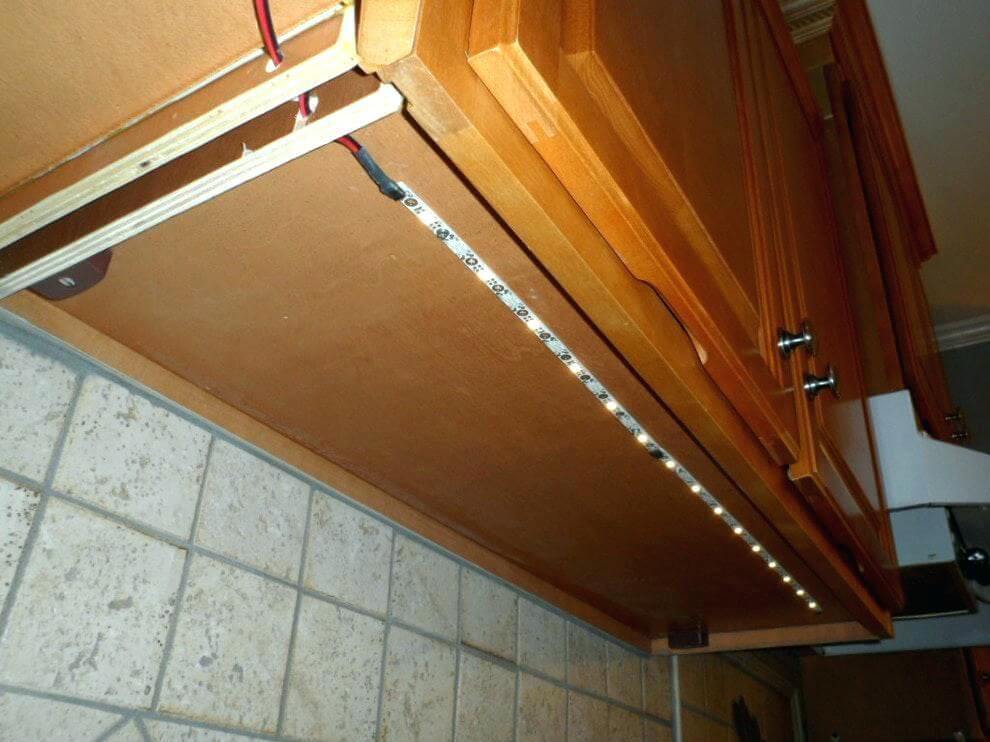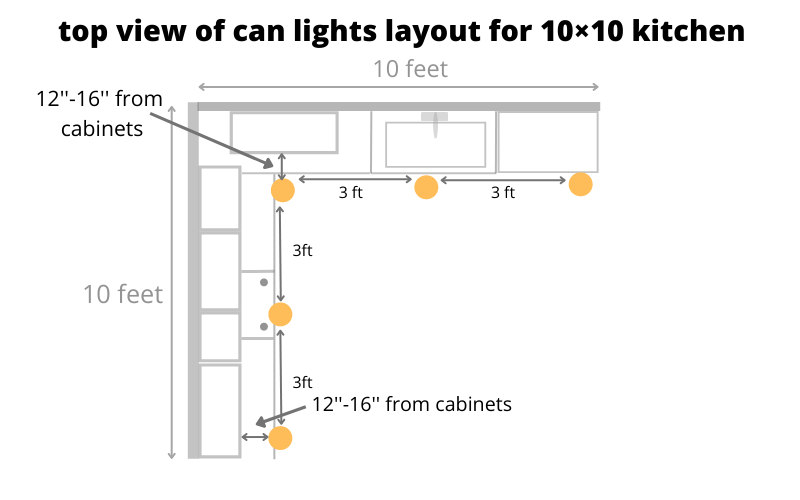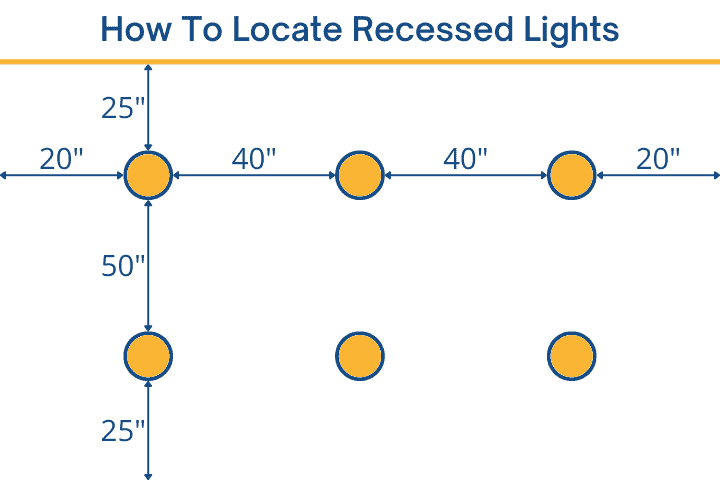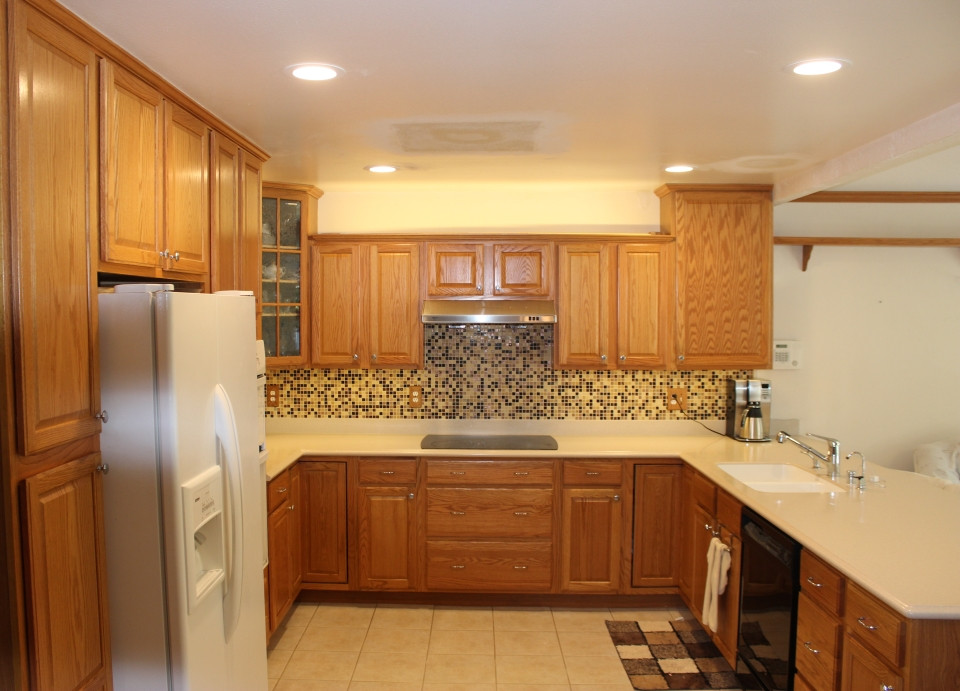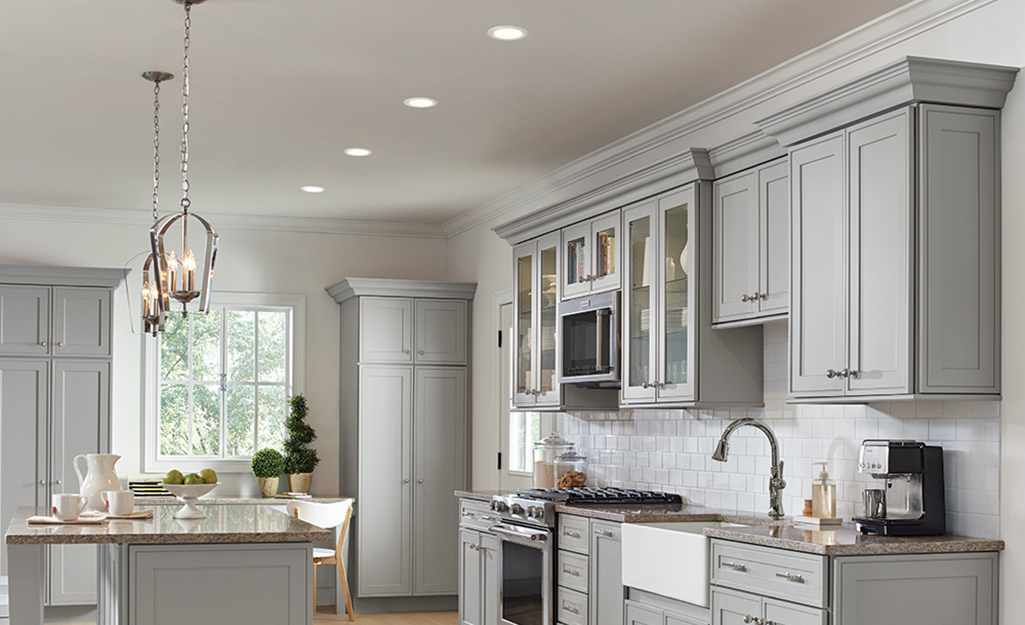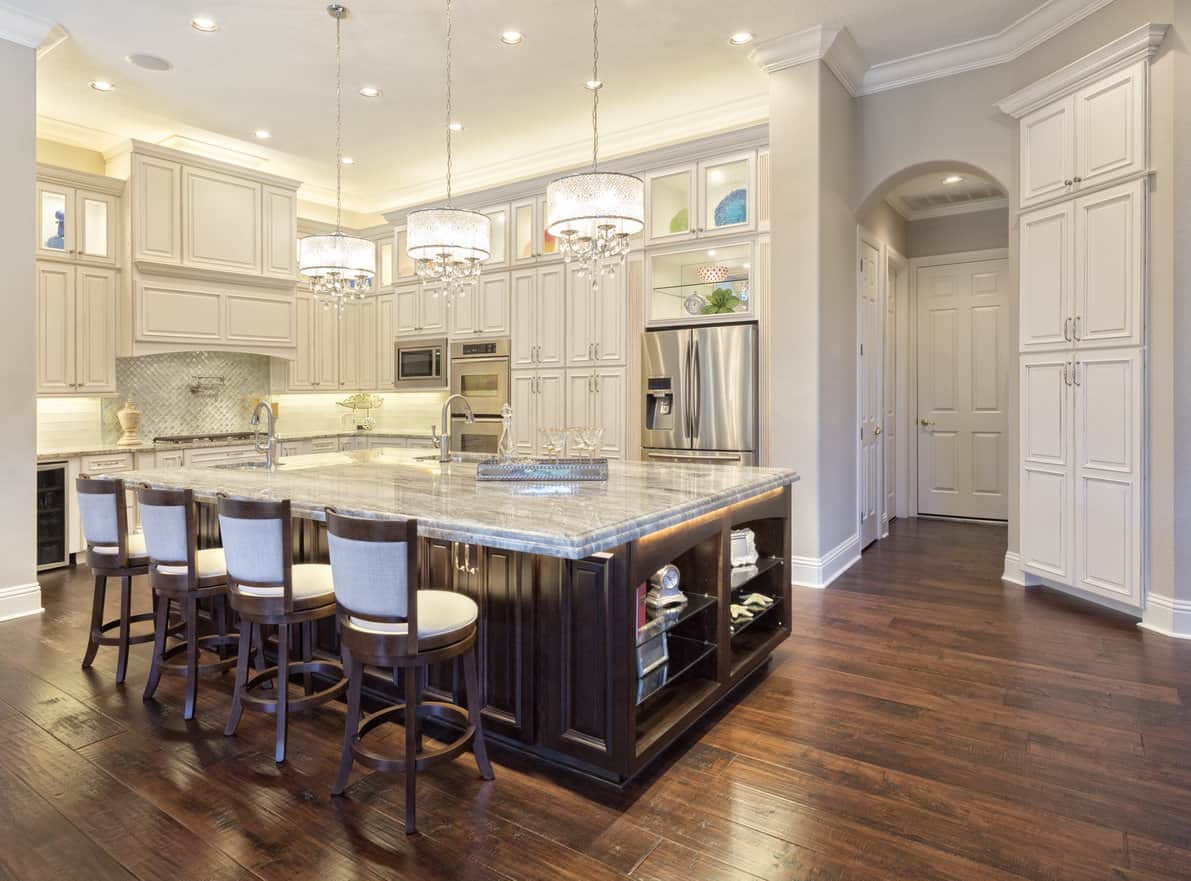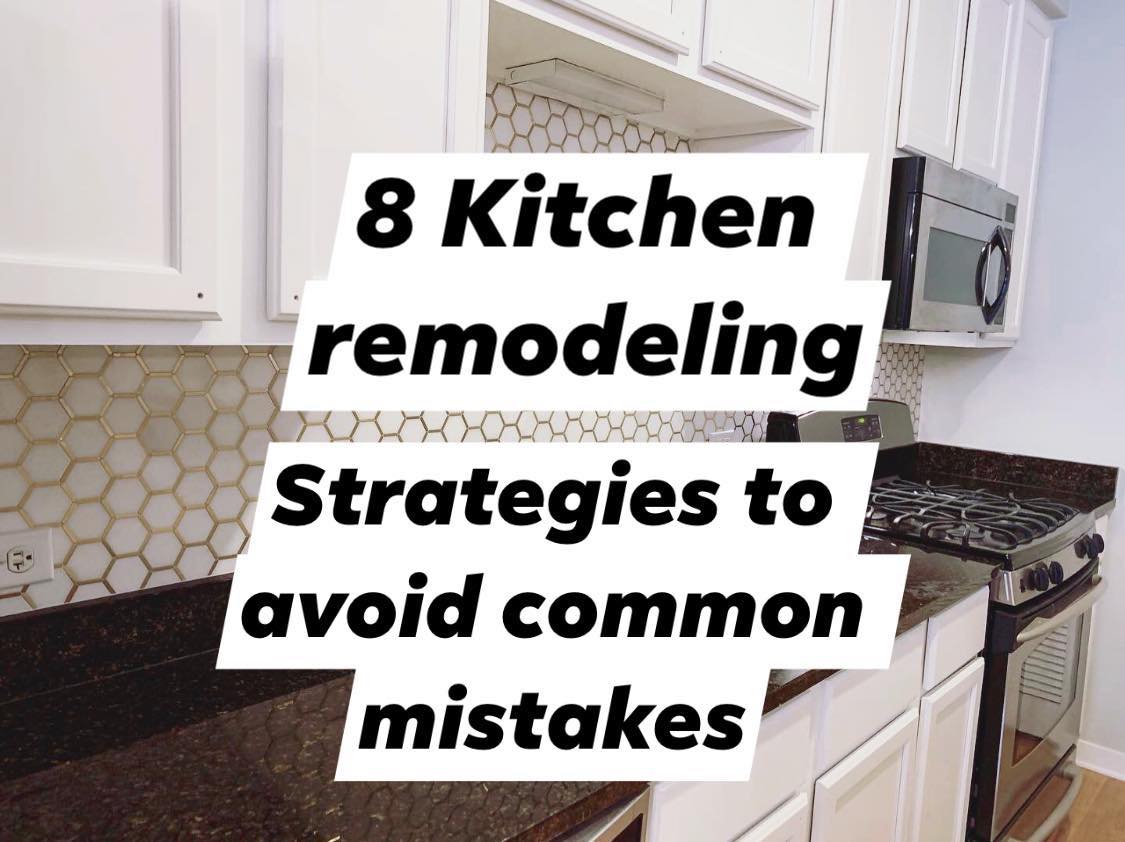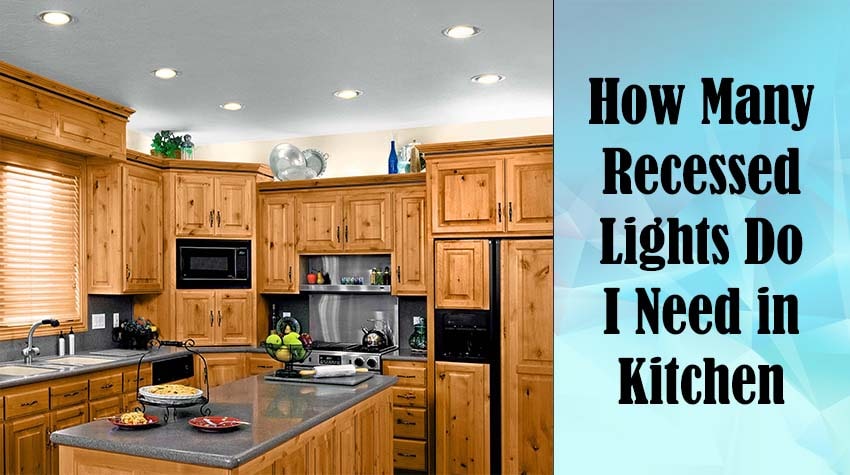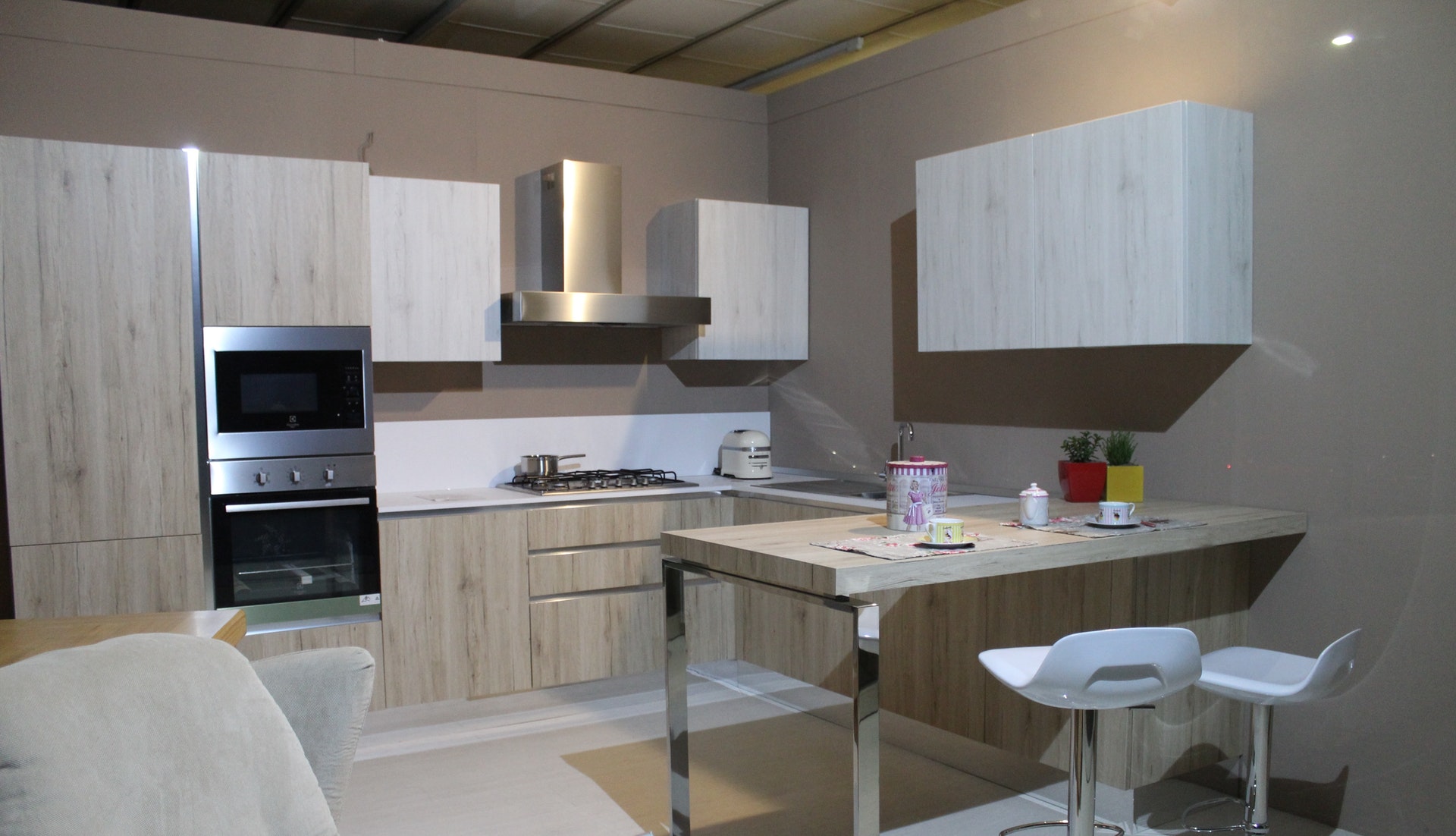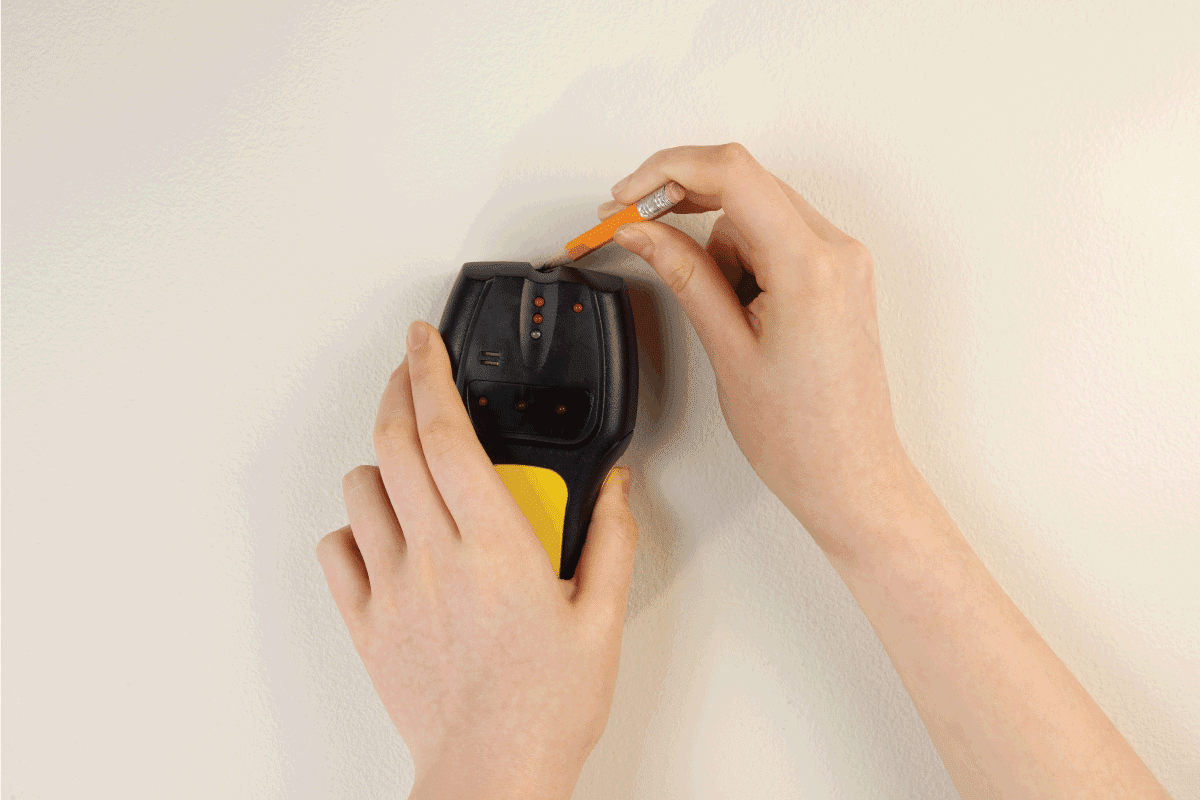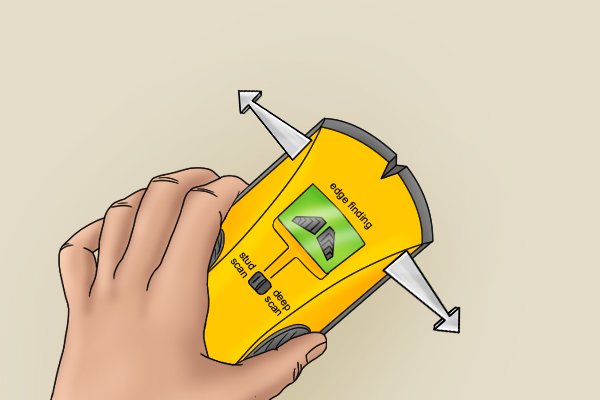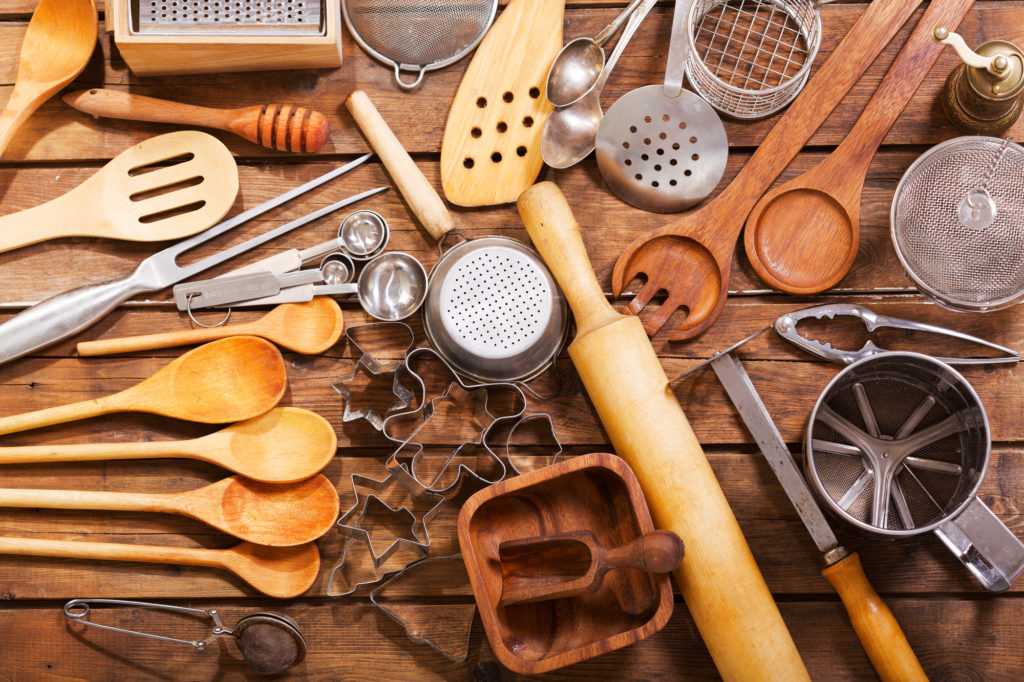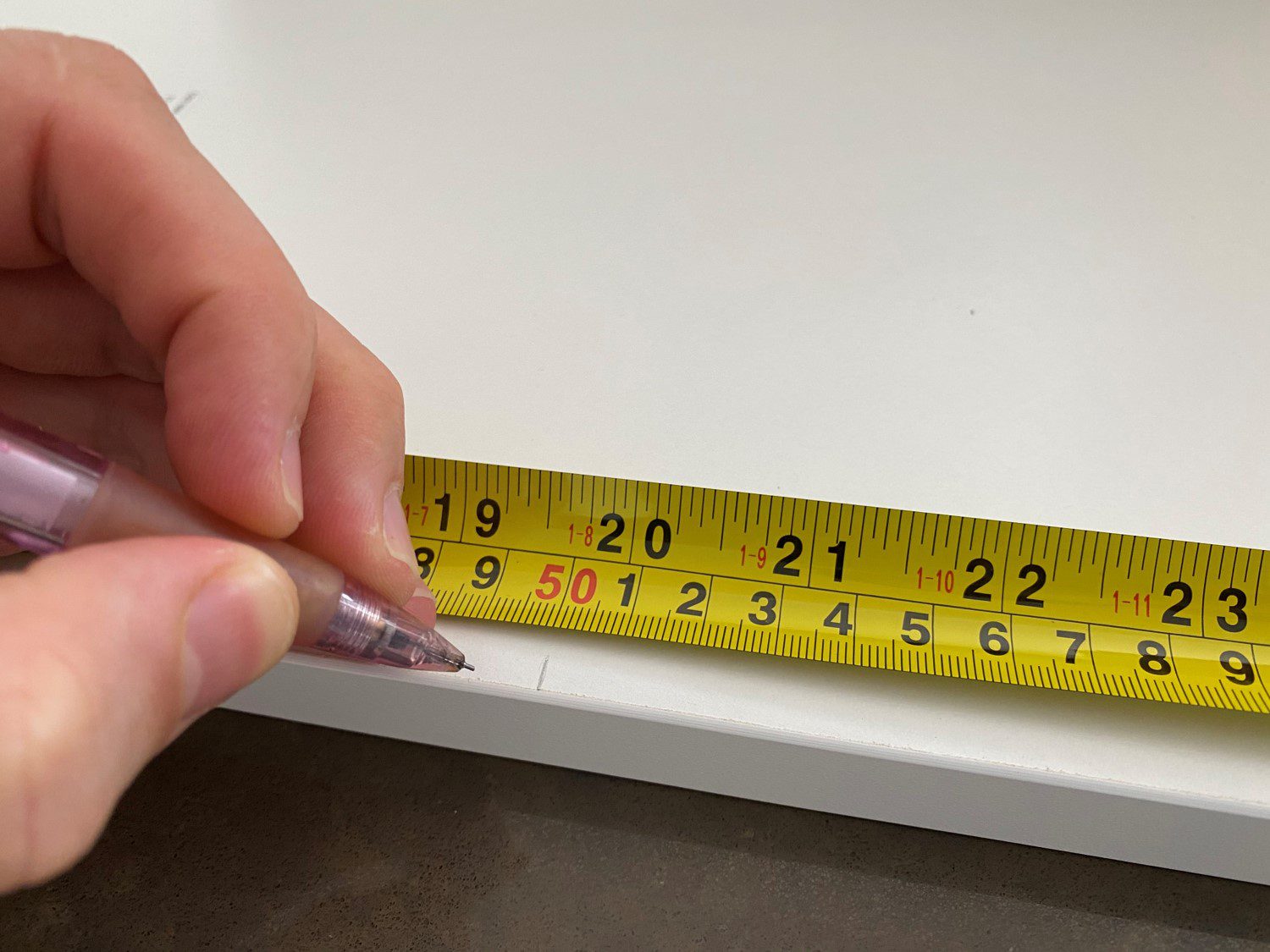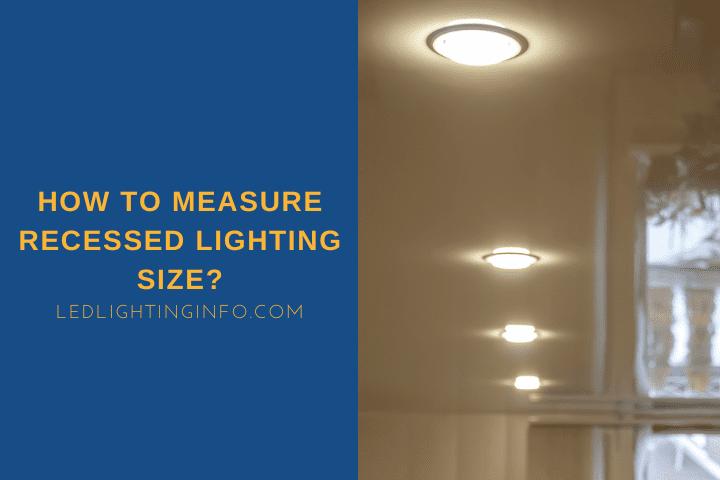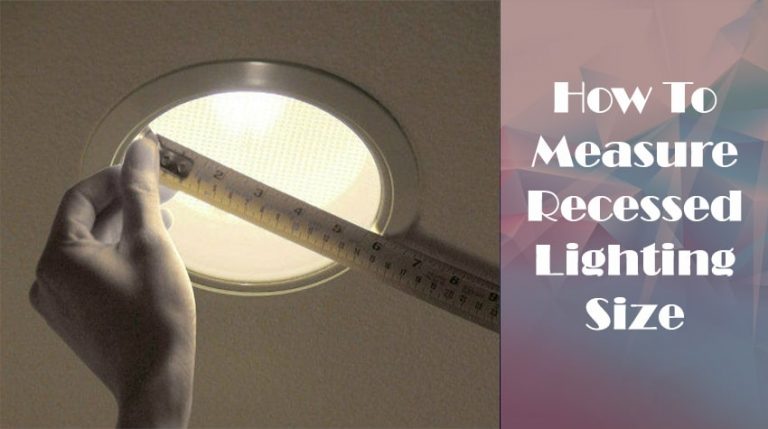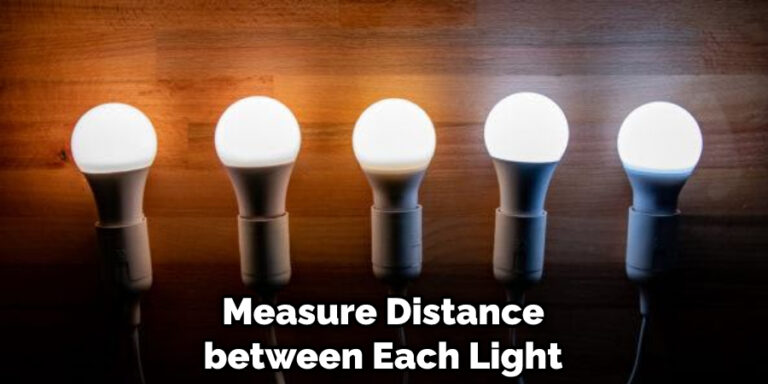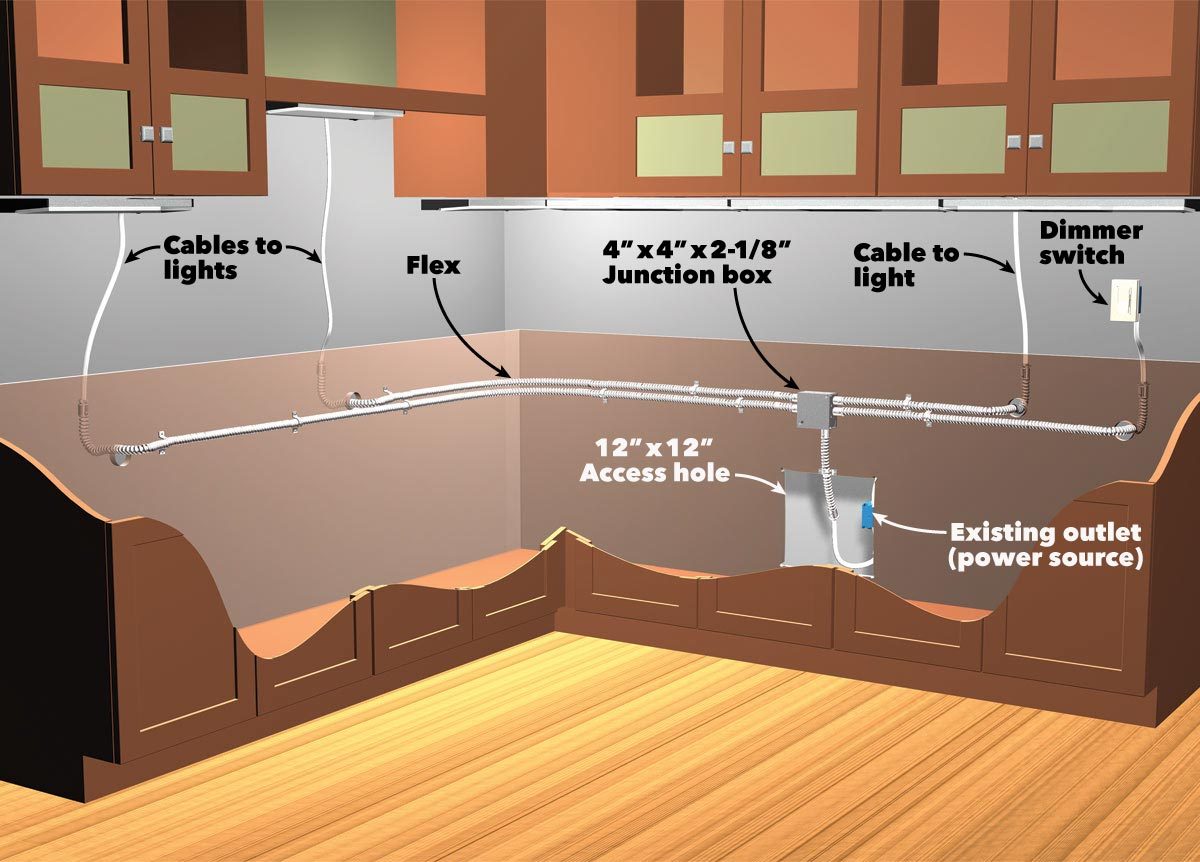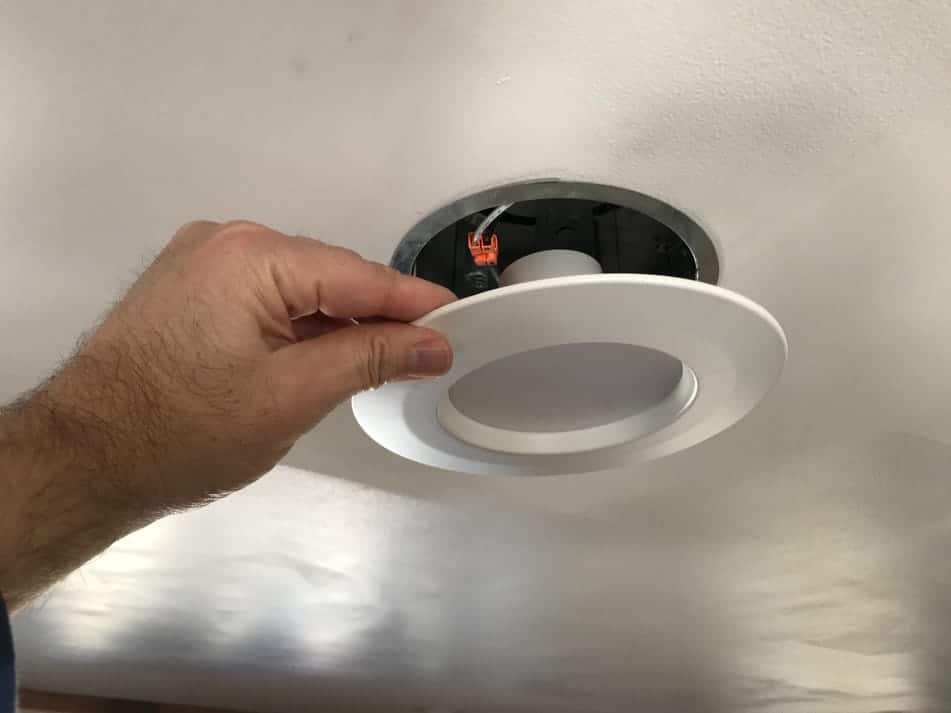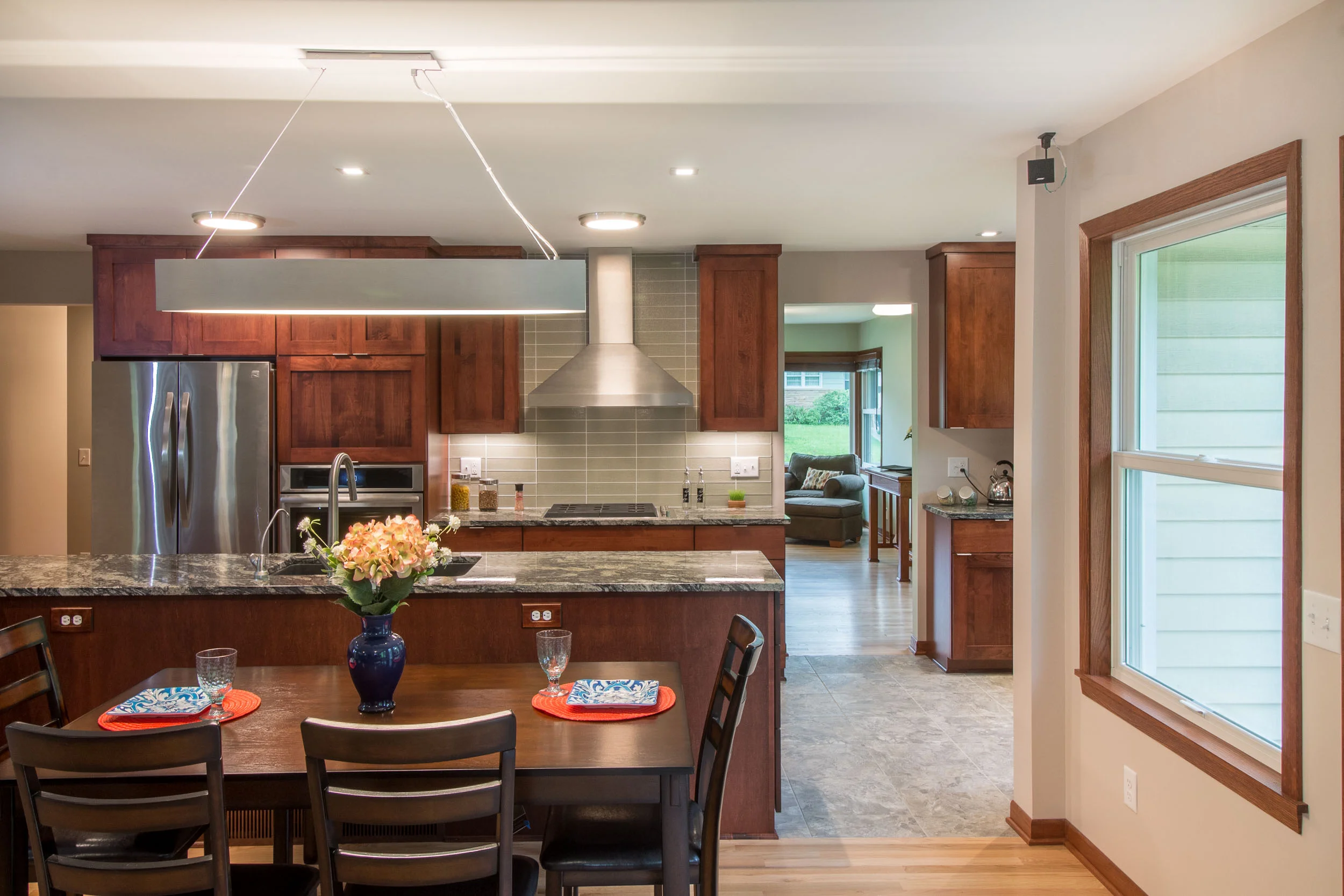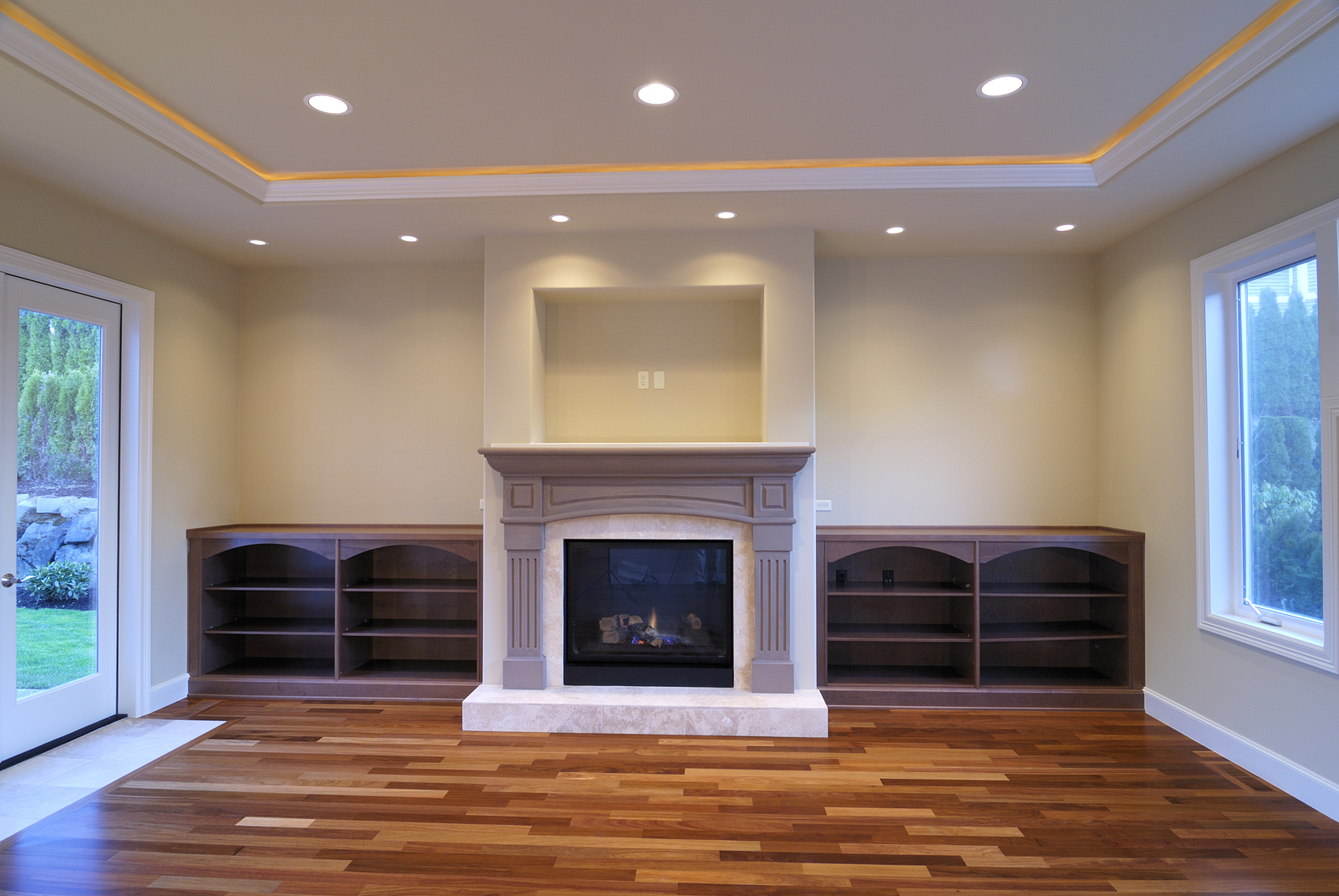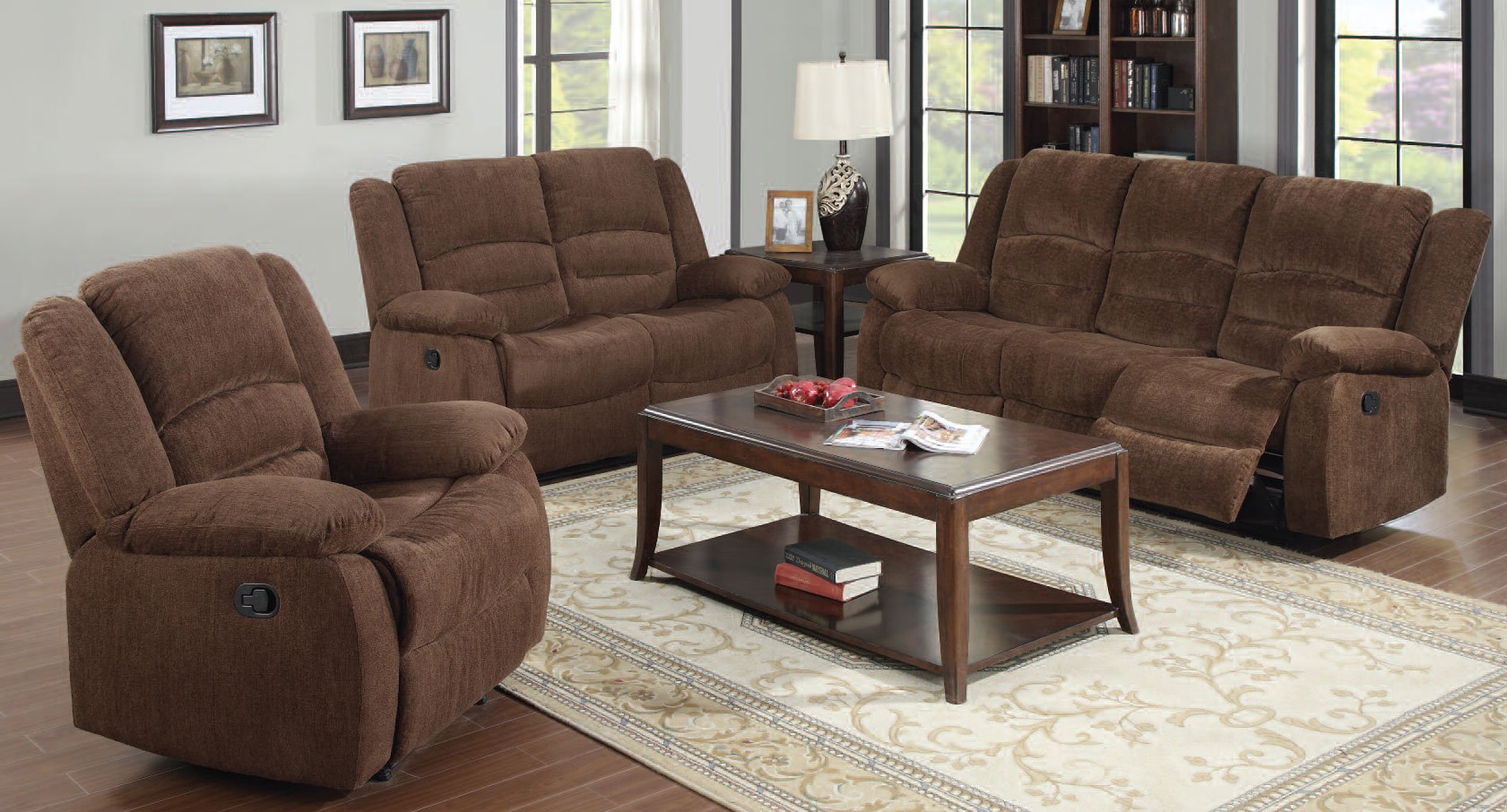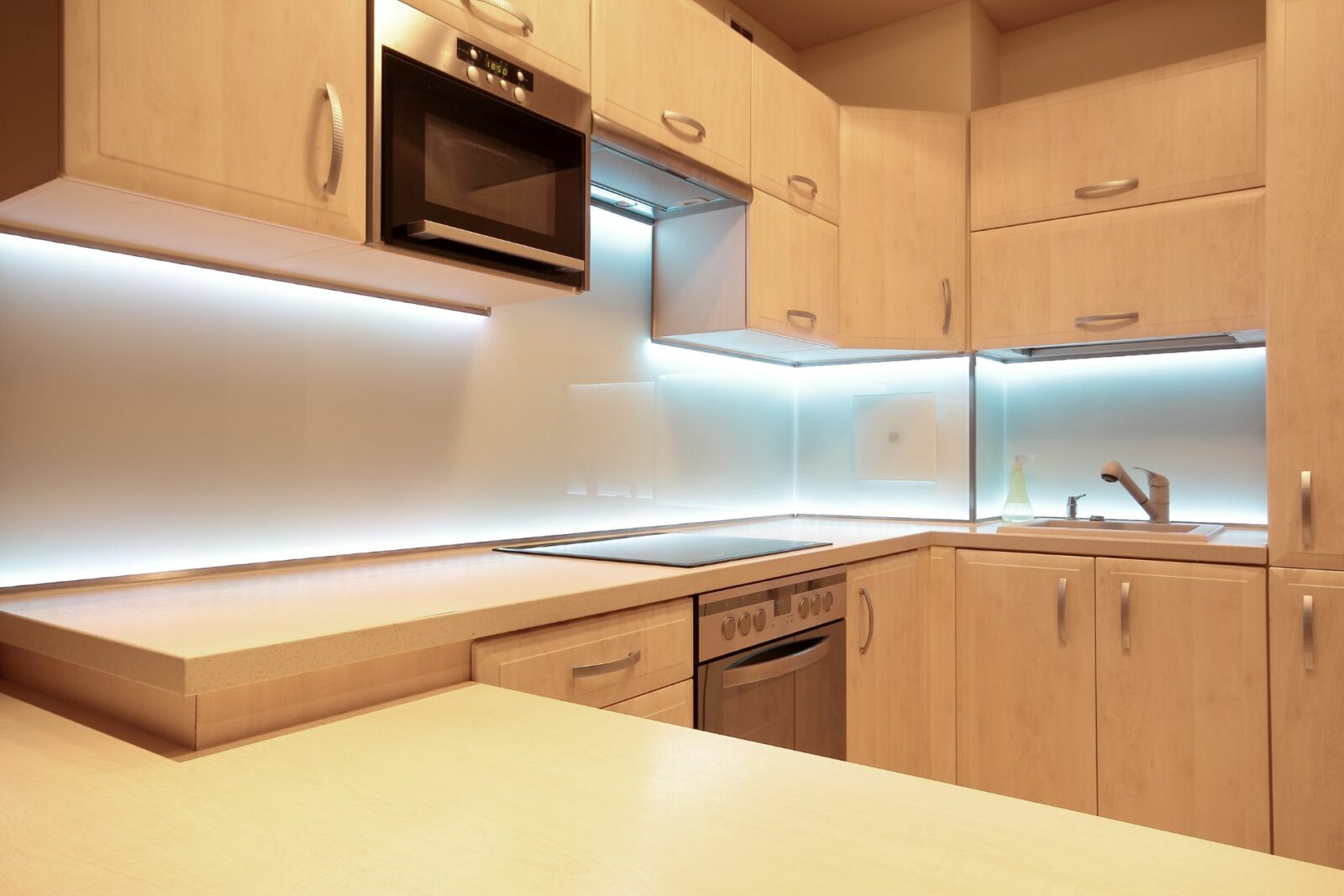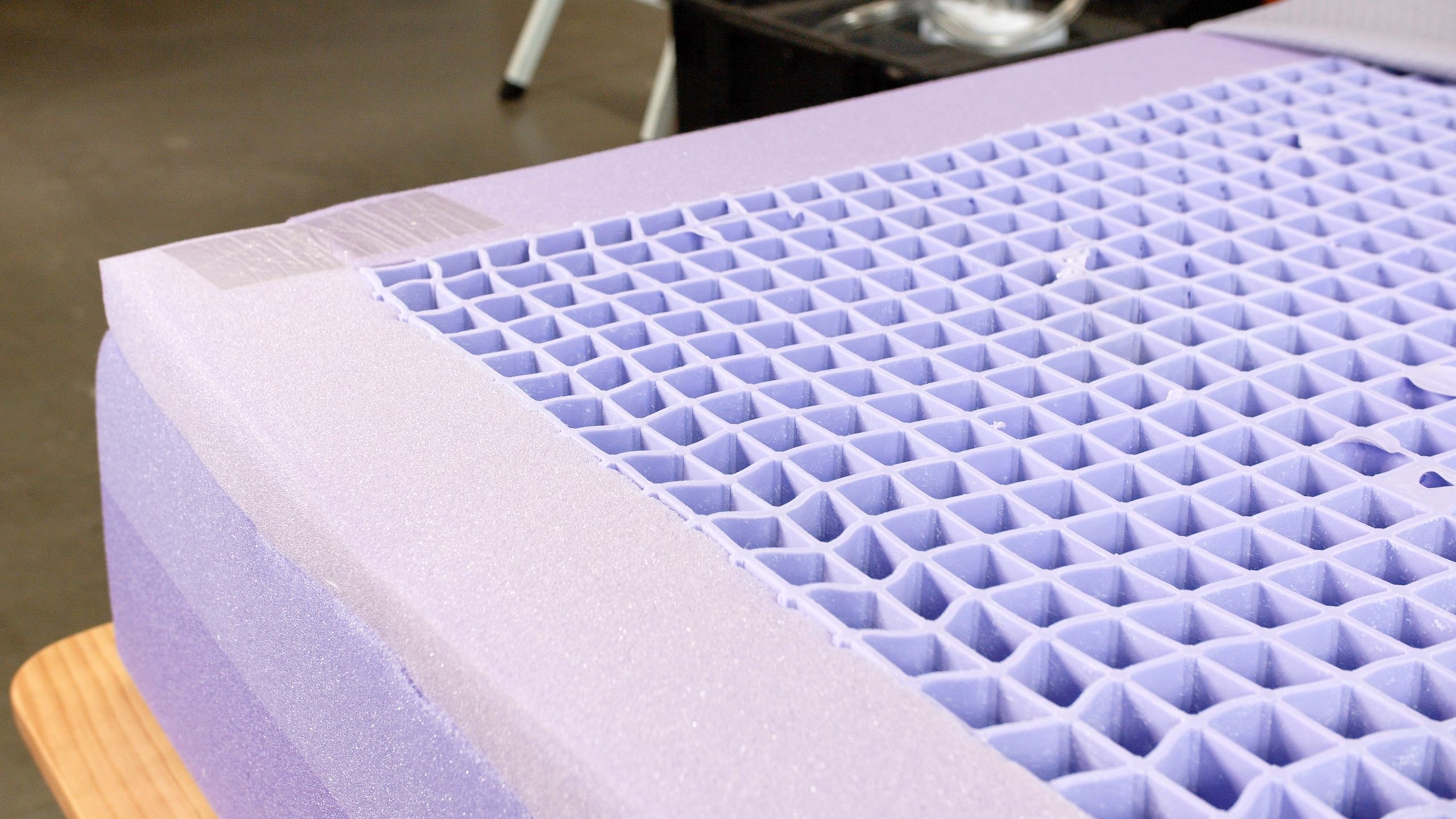Recessed lighting is a popular choice for modern kitchens. Not only does it provide a clean and sleek look, but it also offers ample lighting for your cooking and dining needs. However, locating the perfect spot for these lights can be a daunting task. If you're unsure of where to place them, don't worry - we've got you covered. In this article, we'll go over the step-by-step process of finding the ideal location for recessed lights in your kitchen. So let's get started!How to Locate Recessed Lights in Your Kitchen
Before we dive into the details, it's important to understand the purpose of recessed lights and how they can enhance your kitchen. These lights are typically installed in the ceiling and provide a subtle but powerful source of light. They can brighten up the entire room or be used to highlight specific areas, such as a kitchen island or countertop. With that in mind, let's take a look at how you can locate the perfect spots for your recessed lights.How to Find Recessed Lighting in Your Kitchen
Step 1: Determine the Functionality The first step in locating recessed lights is to determine the functionality of each area in your kitchen. Think about the different tasks that take place in each section, such as cooking, prepping, and dining. This will help you identify which areas need more lighting and which can be illuminated with ambient light. Step 2: Measure the Room Next, you'll need to measure the dimensions of your kitchen. This will help you determine how many lights you'll need and how far apart they should be spaced. As a general rule of thumb, recessed lights should be placed 4-6 feet apart from each other, but this can vary depending on the size of your kitchen. Step 3: Use a Stud Finder Once you've determined the functionality and measured the room, it's time to use a stud finder to locate the ceiling joists. These are the beams that support the weight of your ceiling, and they are crucial for proper installation of recessed lights. You can use a stud finder to locate them, or you can look for nail marks on the ceiling, which indicate the location of the joists.Locating Recessed Lights in Your Kitchen: A Step-by-Step Guide
Tip 1: Avoid Placing Lights Too Close to Walls When installing recessed lights, it's important to keep them at least 3 inches away from any walls or cabinets. This will prevent shadows from being cast on the walls and create a more evenly lit space. Tip 2: Consider the Height of Your Ceiling If you have a high ceiling, you may want to install deeper recessed lights to ensure adequate lighting. On the other hand, if you have a low ceiling, shallow lights will work just fine and prevent your ceiling from feeling too cluttered. Tip 3: Use LED Lights for Energy Efficiency LED lights are a popular choice for recessed lighting due to their energy efficiency and long lifespan. They also come in a variety of color temperatures, allowing you to choose the perfect lighting for your kitchen.Tips for Locating Recessed Lights in Your Kitchen
Mistake 1: Not Considering the Layout of Your Kitchen Before installing recessed lights, it's important to consider the layout of your kitchen. For example, if you have a kitchen island, you may want to install lights directly above it to provide ample lighting for food prep and dining. Mistake 2: Not Installing Enough Lights One of the most common mistakes when it comes to recessed lighting is not installing enough lights. This can result in a dimly lit kitchen, making it difficult to see while cooking or entertaining. Be sure to measure and plan accordingly to ensure you have enough lights for your space. Mistake 3: Not Taking Safety Precautions When installing recessed lights, it's important to follow safety precautions to prevent any accidents. This includes turning off the power to the room before installing the lights and using a ladder or scaffolding to reach high ceilings.Locating Recessed Lights in Your Kitchen: Common Mistakes to Avoid
As mentioned earlier, using a stud finder is a great way to locate the ceiling joists for proper installation of recessed lights. If you're unsure how to use a stud finder, here are the steps: Step 1: Turn on the stud finder and place it against the ceiling. Step 2: Slowly move the stud finder in a straight line until it beeps or lights up, indicating the presence of a stud. Step 3: Mark the location with a pencil or tape measure. Step 4: Repeat this process throughout the room to locate all the ceiling joists.Using a Stud Finder to Locate Recessed Lights in Your Kitchen
- Stud finderLocating Recessed Lights in Your Kitchen: Tools You'll Need
- Ladder or scaffolding
- Measuring tape
- Pencil
- Recessed light housing and trim kit
- Wire stripper
- Wire nuts
- Electrical wire
- Drill and drill bits
- Screwdriver
- Electrician's pliers
Step 1: Measure and mark the location of each light according to your initial plan. Use a pencil to make small markings on the ceiling. Step 2: Use a template or compass to draw a circle around the markings. This will serve as a guide when cutting the holes for the recessed light housing. Step 3: Use a drill to create a small hole in the center of the circle. Step 4: Use a drywall saw or keyhole saw to cut along the circle, creating a hole for the recessed light housing.How to Measure and Mark for Recessed Lights in Your Kitchen
Step 1: Connect the wires from the recessed light housing to the electrical wires in the ceiling using wire nuts. Be sure to follow the manufacturer's instructions for proper wiring. Step 2: Carefully push the housing into the hole you created earlier. The clips on the sides of the housing should secure it in place. Step 3: Attach the trim kit to the housing, following the manufacturer's instructions. Step 4: Turn on the power to the room and test the lights to ensure they are working properly.Locating Recessed Lights in Your Kitchen: Wiring and Installation
Q: How many recessed lights do I need for my kitchen? Q: Can I install recessed lights myself? Q: What is the recommended distance between recessed lights? Q: Can I use recessed lights with a sloped ceiling? Now that you have a better understanding of how to locate recessed lights in your kitchen, you can confidently install these stylish and functional lights in your own home. Just remember to plan carefully, use the right tools, and follow safety precautions for a successful installation. Happy lighting!Common Questions About Locating Recessed Lights in Your Kitchen
A: The number of lights you need will depend on the size of your kitchen and your personal preferences. As a general rule, aim for one light for every 4-6 square feet of space.
A: While it is possible to install recessed lights yourself, it is recommended to hire a professional electrician for safety and proper installation.
A: As mentioned earlier, recessed lights should be placed 4-6 feet apart from each other, but this can vary depending on the size of your kitchen.
A: Yes, there are special recessed light kits designed for sloped ceilings. Be sure to consult with a professional before installation.
Additional Location Options for Recessed Lights in the Kitchen

1. Above the Kitchen Island
:max_bytes(150000):strip_icc()/kitchenrecessedlighting-GettyImages-155383268-dec5caad600541ff81cbdd6d06846c66.jpg) One popular option for locating
recessed lights
in the kitchen is above the
kitchen island
. This not only provides ample lighting for meal prep and cooking, but also adds a stylish touch to the kitchen design. When installing
recessed lights
above the kitchen island, it is important to consider the size and shape of the island in relation to the placement of the lights. For larger islands, multiple
recessed lights
may be needed to evenly distribute light, while smaller islands may only require one or two lights.
One popular option for locating
recessed lights
in the kitchen is above the
kitchen island
. This not only provides ample lighting for meal prep and cooking, but also adds a stylish touch to the kitchen design. When installing
recessed lights
above the kitchen island, it is important to consider the size and shape of the island in relation to the placement of the lights. For larger islands, multiple
recessed lights
may be needed to evenly distribute light, while smaller islands may only require one or two lights.
2. Underneath Cabinets
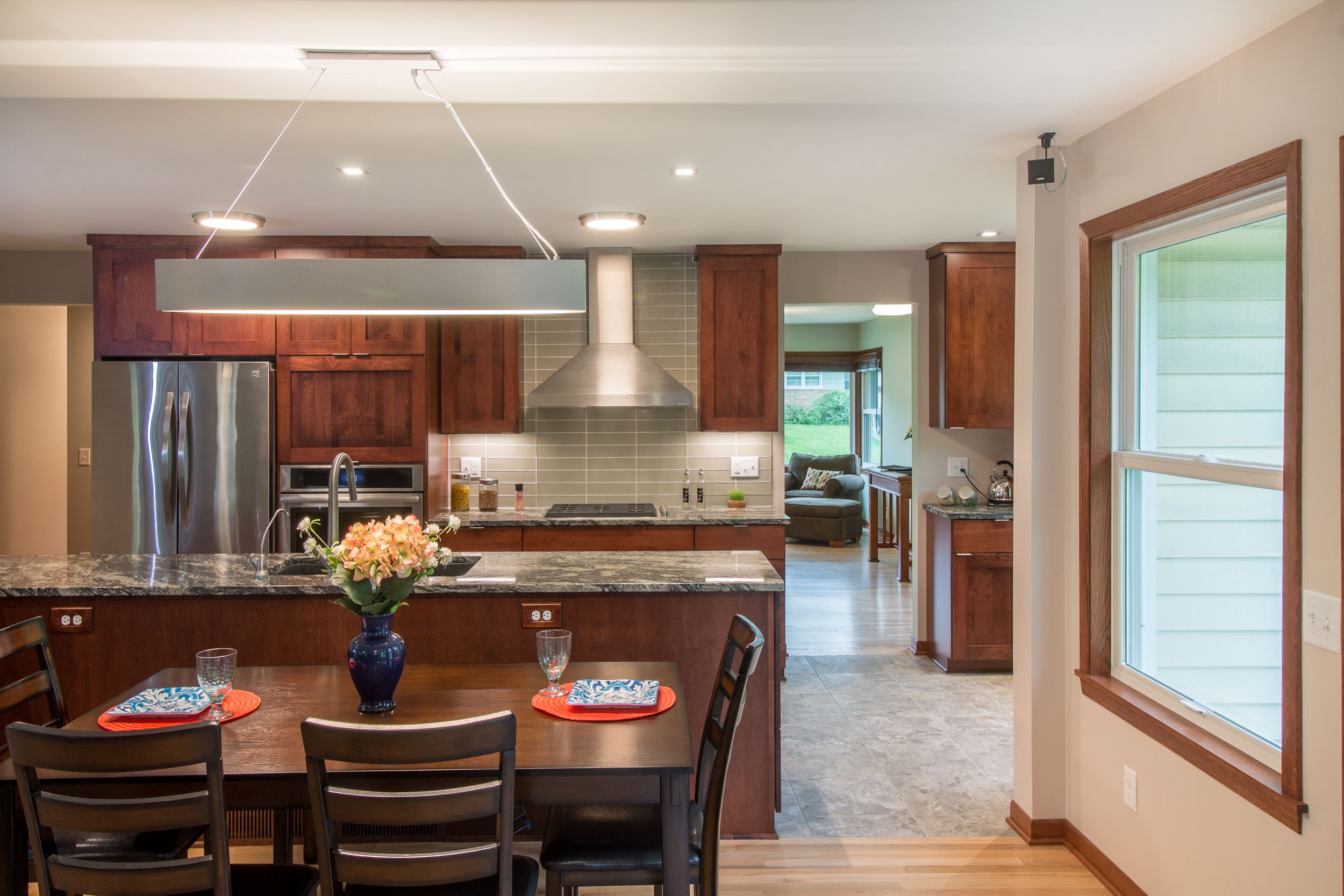 Another option for
recessed lights
in the kitchen is to install them underneath cabinets. This not only adds extra lighting to the kitchen, but also creates a warm and inviting atmosphere.
Recessed lights
placed underneath cabinets can also be used as task lighting for specific areas, such as the countertop or sink. This is especially useful for those who enjoy cooking and need extra light for food preparation.
Another option for
recessed lights
in the kitchen is to install them underneath cabinets. This not only adds extra lighting to the kitchen, but also creates a warm and inviting atmosphere.
Recessed lights
placed underneath cabinets can also be used as task lighting for specific areas, such as the countertop or sink. This is especially useful for those who enjoy cooking and need extra light for food preparation.
3. In the Ceiling Above the Sink
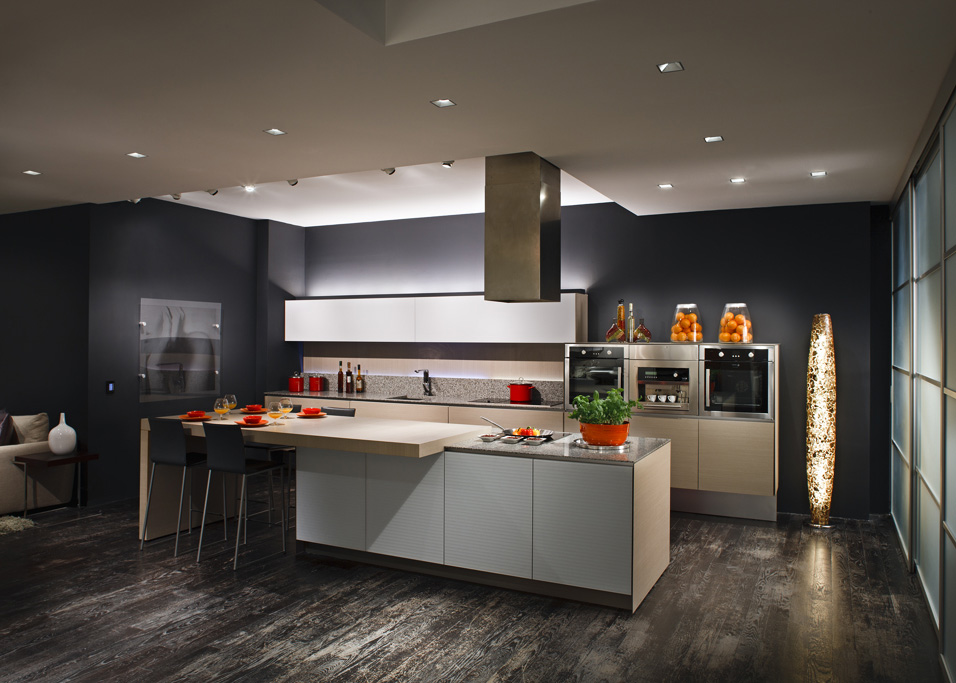 For those who have a window above their kitchen sink, installing
recessed lights
in the ceiling above the sink can be a great option. This provides additional lighting for the sink area, making tasks such as washing dishes or cleaning easier. It also helps to balance out the natural light coming in from the window. When placing
recessed lights
above the sink, it is important to consider the size and placement of the sink to ensure the lights are positioned in the most effective way.
For those who have a window above their kitchen sink, installing
recessed lights
in the ceiling above the sink can be a great option. This provides additional lighting for the sink area, making tasks such as washing dishes or cleaning easier. It also helps to balance out the natural light coming in from the window. When placing
recessed lights
above the sink, it is important to consider the size and placement of the sink to ensure the lights are positioned in the most effective way.
4. In the Corners of the Kitchen
 If you want to add a unique touch to your kitchen design, consider placing
recessed lights
in the corners of the room. This can help to brighten up any dark corners and create a more spacious and open feel in the kitchen. Additionally,
recessed lights
in the corners can provide a soft and ambient light that adds to the overall atmosphere of the space.
If you want to add a unique touch to your kitchen design, consider placing
recessed lights
in the corners of the room. This can help to brighten up any dark corners and create a more spacious and open feel in the kitchen. Additionally,
recessed lights
in the corners can provide a soft and ambient light that adds to the overall atmosphere of the space.
Conclusion
 When it comes to
locating recessed lights
in the kitchen, there are many options to consider. Whether you choose to install them above the kitchen island, underneath cabinets, above the sink, or in the corners of the room,
recessed lights
can add both functionality and style to your kitchen design. It is important to carefully consider the size and placement of the lights in relation to the layout of your kitchen to ensure the best results. So, be creative and have fun with your
recessed light
placement, and watch as your kitchen transforms into a well-lit and inviting space.
When it comes to
locating recessed lights
in the kitchen, there are many options to consider. Whether you choose to install them above the kitchen island, underneath cabinets, above the sink, or in the corners of the room,
recessed lights
can add both functionality and style to your kitchen design. It is important to carefully consider the size and placement of the lights in relation to the layout of your kitchen to ensure the best results. So, be creative and have fun with your
recessed light
placement, and watch as your kitchen transforms into a well-lit and inviting space.






